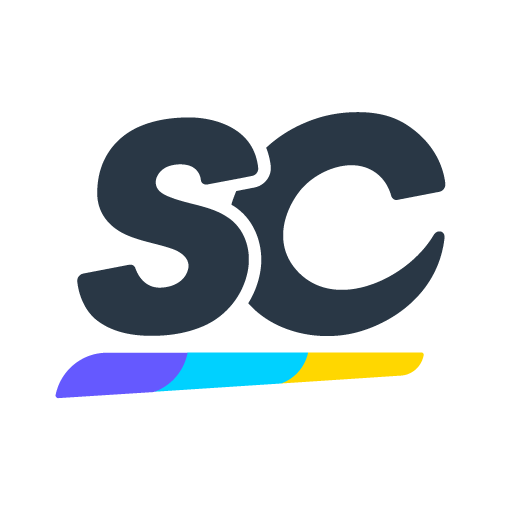Gap Assessment and Explanatory Analysis, in case of SEEK II project at PBLP
-
Conducted on
-
Prepared by
-
Location
Procurement Policy Alignment
-
How does the current procurement policy align with the organization’s overall strategic objectives?
-
Are there documented procedures that reflect the procurement policy?
-
Review the procurement policy
-
Is there a clear definition of roles and responsibilities within the procurement process?
Compliance and Regulatory Requirements
-
Are all procurement activities compliant with relevant laws, regulations, and organizations standards?
-
How often are compliance audits conducted, and what have been the findings from recent audits?
-
Is there a current procurement compliance training program in place?
-
What are the detected gaps that could be addressed through training?
-
Are there any gaps or weaknesses in the compliance program?
Risk Identification
-
What risk assessment processes are in place to identify potential risks associated with procurement activities?
-
Are there any recent non-compliance incidents in the past 6 months?
-
How is risk mitigation integrated into the procurement planning process?
-
How many compliance audits have been conducted in the last year?
Risk Mitigation Strategies
-
Is there a developed action plan to address high-priority compliance risks?
-
Are there enough manpower to assign responsibilities for implementing mitigation measures?
Stakeholder Engagement
-
How are stakeholders (internal and external) involved in the procurement process?
-
IS there feedback mechanisms exist for stakeholders to express concerns or suggestions regarding procurement practices?
-
Are there regular training sessions or workshops for stakeholders on procurement policies?
Supplier Management
-
Are there criteria for supplier selection, appraisal, and performance monitoring?
-
How often are suppliers assessed for compliance with contractual obligations?
-
Is there a process for managing supplier relationships and resolving disputes?
Performance Measurement
-
Does the organization employ key performance indicators (KPIs) to assess the efficacy of its procurement practices?
-
Is the organization's performance data regularly reviewed?
-
Are there benchmarks against which current performance can be compared?
Technology Utilization
-
Is the organization using technology platforms to support procurement activities?
-
Is there ongoing training provided to staff on using these technological tools effectively?
Continuous Improvement
-
Is there a formal process in place for reviewing and updating procurement policies regularly?
-
How does the organization capture lessons learned from past procurements to inform future practices?
-
Are there initiatives aimed at fostering innovation within the procurement function?
Gap Assessment of Logistic and Sourcing Strategies
Current State Analysis
-
Are there any existing logistics processes in place?
-
Is the existing sourcing strategy consistent with the overall business objectives?
-
Are there metrics used to assess the success of logistics and sourcing?
-
Are there documented standard operating procedures (SOPs) for logistics and sourcing activities?
Supplier Evaluation
-
Does the organization have identifiable suppliers?
-
What criteria were utilized to choose them?
-
Are your organization suppliers reliable in terms of quality, delivery times, and pricing?
-
Are there alternative suppliers available that could provide better value or service?
-
What is the level of collaboration between your organization and your suppliers?
Inventory Management
-
Do your organization have effective inventory management systems in place to optimize stock levels and avoid stockouts or excess inventory?
-
Are the forecasting methods accurate and reliable?
-
Are your organization utilizing demand planning tools to improve inventory visibility and control?
Transportation Management
-
Are your organization leveraging technology to optimize transportation planning, scheduling, and routing?
-
Is your organization negotiating favorable rates with carriers and maximizing freight consolidation opportunities?
-
Is your organization effectively managing transportation risks, such as delays, damage, and loss?
Supplier Diversity
-
Is your organization sourcing from a diverse group of suppliers to mitigate risks and support local economies?
-
Is your organization actively seeking opportunities to develop new supplier relationships and expand our sourcing base?
Cost Management
-
Is your organization effectively negotiating prices with suppliers and identifying cost-saving opportunities?
-
Is your organization implementing total cost of ownership (TCO) analysis to evaluate the true cost of sourcing decisions?
-
Is your organization exploring alternative sourcing options, such as near-shoring or reshoring, to reduce costs and improve supply chain resilience?
Gap Assessment of Bidding Process
Understanding Current Practices
-
Are there existing procedures for preparing and submitting bids?
-
Is there a preferred list of stakeholders who will participate in the bidding process, and what roles do they play?
-
How is information about bidding opportunities communicated to potential bidders?
-
Does the organization use tools or software to manage the bidding process?
Untitled Page
What are the current performance metrics?
-
How does your organization measure supplier performance?
-
Are there specific KPIs (Key Performance Indicators) in place, such as on-time delivery rates, quality defect rates, or cost efficiency?
-
How often are these metrics reviewed and updated?
How well does the supplier understand our business needs?
-
Does the supplier have a clear understanding of the organization’s product specifications and service requirements?
-
Have the organization provided adequate training or resources to help them meet organization expectations?
-
Explain about the trainings
-
How often do we engage with suppliers to discuss changes in organization business strategy or needs?
-
Does the organization effectively manage supplier relationships and ensure compliance with ethical standards?
-
Does the organization implement supplier performance measurement and improvement programs?
What are the risks associated with this supplier relationship?
-
Has the organization conducted a risk assessment related to this supplier?
-
What contingency plans are in place if the supplier fails to deliver as expected?
-
Are there any financial, operational, or reputational risks involved?
-
Explain the risk and recommend solution






